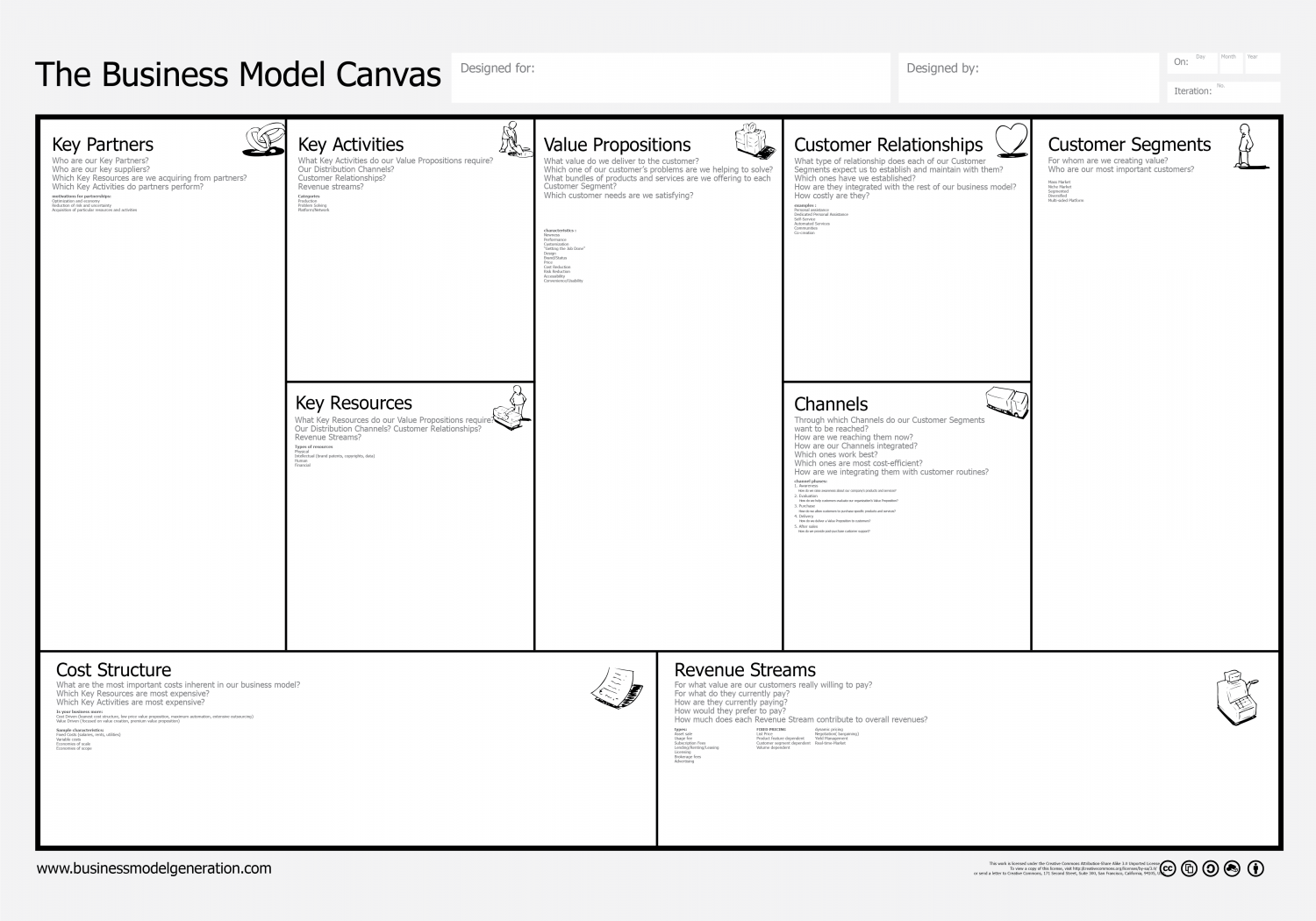Creator & History

Roman Pichler
Roman Pichler is a leading agile and lean product management expert, and the founder of Pichler Consulting. Roman’s expertise includes agile market research, product planning and product strategy, agile product roadmaps, and agile product definition including personas, user stories, scenario and user interface design.
Roman is the author of four books on Agile and Scrum including Agile Product Management with Scrum, and he blogs at allthingsproductowner.com.
Learn More
Description
The Product Canvas is an alternative to a traditional, linear product backlog. It describes the product’s target group together with the needs addressed, paints a big picture of the desired user experience and it provides the details for the next iteration. In order to fill work with the Product Canvas, the team must make use of various techniques and tools such as personas, scenarios, storyboards, design sketches, workflows, user stories, constraint cards and ready stories.
The Product Canvas was created by Roman Pichler. He developed it over the past 10 years, based on his work with product owners and product managers. An interesting fact is that his canvas is compatible with the Business Model Canvas.
The canvas is composed of the following sections :
- 1. Vision/Goal states the intention or motivation behind the product. Use a brief vision statement for a new product, and a goal statement for a product update.
- 2. Name is the name or version of the product.
- 3. Target Group describes the target customers and users as personas. The section explains who you believe is likely to use buy and use the product and why.
- 4. The Big Picture allows you to sketch your overall product. It generally contains several elements such as epics, scenarios, storyboards and design sketches in order to capture the details of the user interaction with your product.
- 5. Product Details gives information about the next iteration. Set achievable goals that summarise the desired outcome of the iteration, for instance. Depending of the goals set at this stage, Roman Pichler suggests several techniques to describe implementable items.


